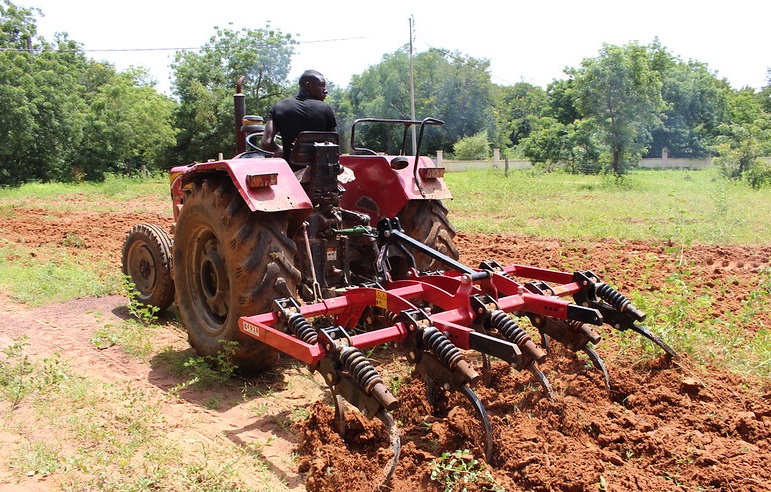Abstract:
A study to evaluate the effects of rooting substrate and planting
techniques on the rooting of Vitellaria paradoxa stem cuttings
is being conducted at Ngetta Zonal Agricultural Research and
Development Institute (Lira district-Northern Uganda).
Between October 2011 and April 2012, coppice cuttings of both
soft and recent growth have been evaluated under three
different substrates and survival rate assessed using two planting
techniques (planting singly in pots and placement in mass of
substrate). Cuttings rooted in vermiculite produced a
significantly higher number of rooted cuttings than those rooted
in other substrates. Although pine bark supported formation of
new shoots considerably, no rooting was observed in cuttings
rooted in this medium. The placement of cuttings in pots
significantly enhanced their survival rate.
Une étude visant à évaluer les effets du substrat d’enracinement
et des techniques de plantage sur l’enracinement des boutures
de Vitellaria paradoxa est menée à l’Institut Zonal de
Développement et de Recherche Agronomique de Ngetta (dans
le District de Lira- au Nord de l’Ouganda). Entre Octobre 2011
et Avril 2012, les boutures en taillis de la croissance à la fois
tendre et récente ont été évaluées dans trois substrats différents
et le taux de survie évaluée à l’aide de deux techniques de
plantage (le plantage séparément dans des pots et le placement
dans la masse du substrat). Les boutures enracinées dans la
vermiculite ont produit un nombre significativement plus élevé
de boutures enracinées que celles fixées dans d’autres substrats.
Bien que l’écorce de pin ait supporté considérablement la
formation de nouvelles pousses, aucun enracinement n’a été
observé dans les boutures enracinées dans ce milieu. Leplacement des boutures dans des pots a considérablement
amélioré leur taux de survie.
Extended abstracts submitted under Crop Improvement

